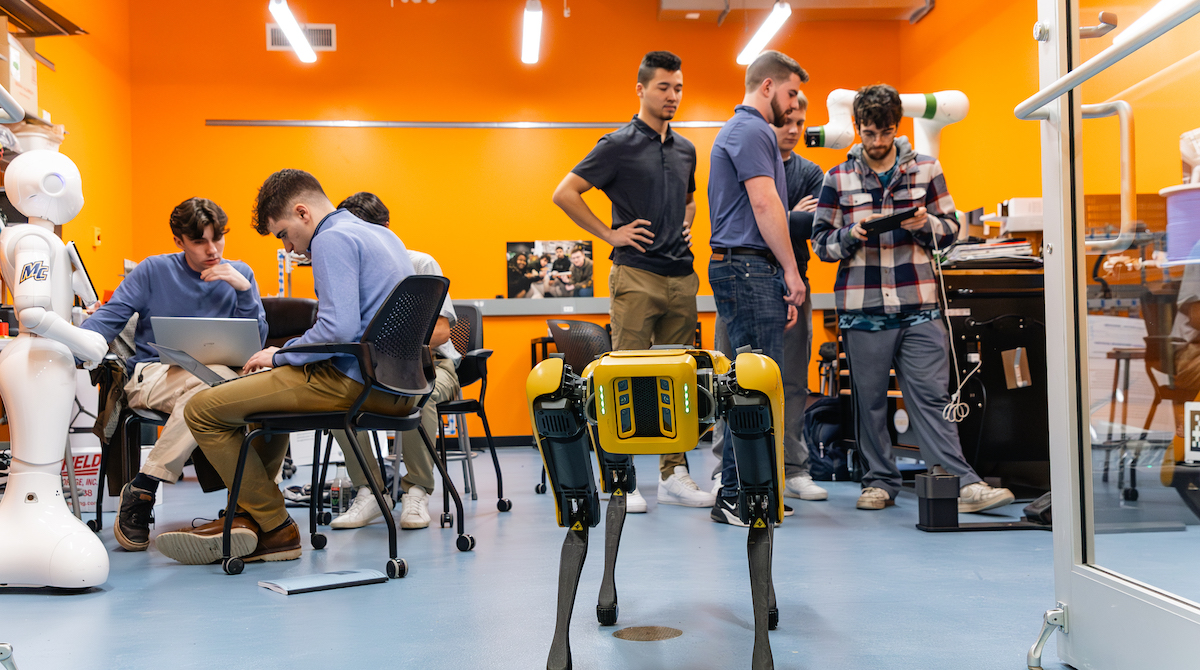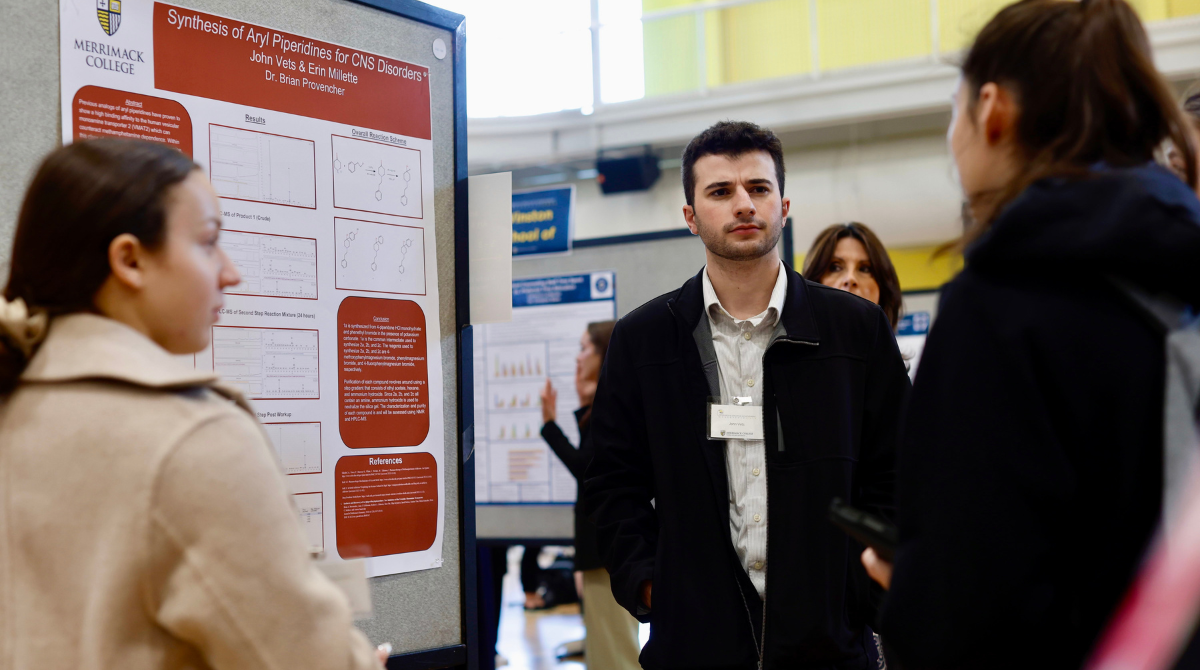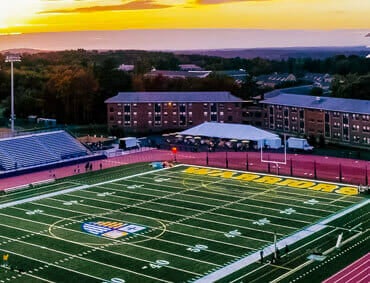And, for the most part, transportation officials in each state have become adept at preparing for and mitigating the damage that is most likely to occur within their borders.
But what happens when an event is so large it requires a regional approach to emergency management? How do officials from different states, operating under different protocols and procedures, coordinate their mitigation efforts?
Associate Professor of Civil Engineering Marc Veletzos has spent the last two years working with experts from around the country to draft a common standard for evaluating and responding to emergency situations for highway infrastructure, including bridges, tunnels, retaining walls, highway signs and embankments. It calls for, among other things, assessing, coding and marking highway structures that can be recognized by all highway agencies and other organizations that respond to emergencies resulting from natural or manmade disasters.
“We’ve come up with what I think is a good solution, based on best practice from around the country, that could work for most situations,” said Veletzos, whose charitable work has led him to Haiti to work on public water access issues and to Nepal to repair a bridge damaged by an earthquake. “Some people want this report to become a national standard that would require all state departments of transportation to use this approach, rather than just encourage its use.”
His team’s report, for the National Cooperative Highway Research Program, a division of the National Academies of Sciences, Engineering and Medicine, was completed about 18 months ago and is now available online. He and colleagues from Oregon State University, the University of Missouri, MPN Components and Advanced Infrastructure Design will share their results with professionals around the country during a webinar on Friday. More than 125 sites have registered to take part.




